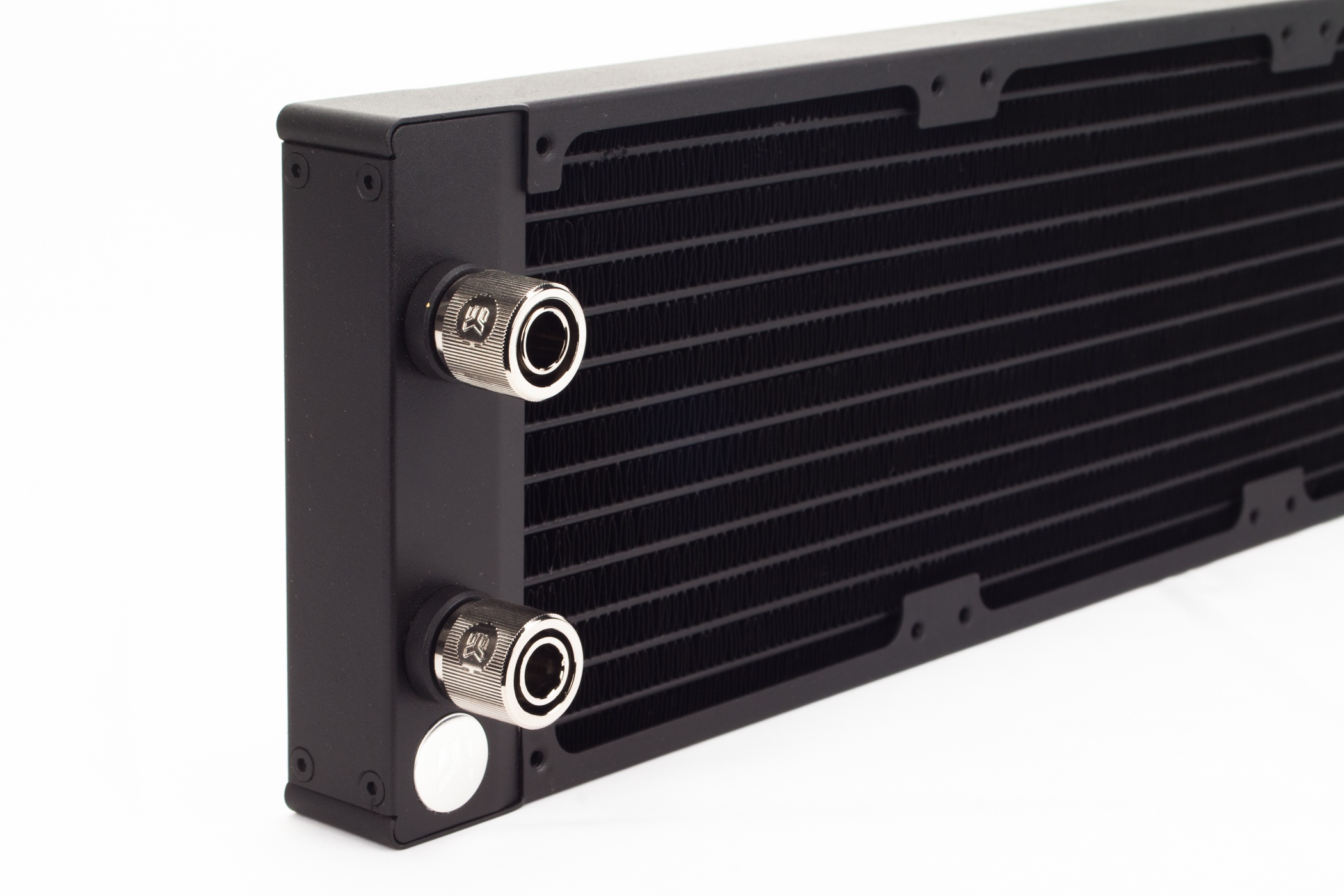I’ve gone through three coolers for my overclocked 9700k. Looks like no off the shelf coolers either air or water can keep it under 90. I tried two air and one aio. One four heat pipes single tower air cooler, one six pipes twin tower, and lastly a 360mm AIO cooler. The 140mm fan options will not fit in my case and do not outperform my 360 AIO so that’s not it.
I’m leaving brands out of this because I want to avoid “try the brand I like” or “that brand sux” response which aren’t helpful. All three of the coolers were good, proven coolers in the price and performance brackets.
I’m using an 5.1 All core overclock on a ASUS Z-390 Prime using dynamic Vcore that maxes out 1.38. I’ve tried stepping down to 5.0 and it made almost no difference. Maybe 1-2 degrees at best, but still Over the acceptable thresholds. I’ve also ruled out the paste. I’ve tried three different pastes that are good quality.
Any bright ideas or suggestions?
I’m leaving brands out of this because I want to avoid “try the brand I like” or “that brand sux” response which aren’t helpful. All three of the coolers were good, proven coolers in the price and performance brackets.
I’m using an 5.1 All core overclock on a ASUS Z-390 Prime using dynamic Vcore that maxes out 1.38. I’ve tried stepping down to 5.0 and it made almost no difference. Maybe 1-2 degrees at best, but still Over the acceptable thresholds. I’ve also ruled out the paste. I’ve tried three different pastes that are good quality.
Any bright ideas or suggestions?




